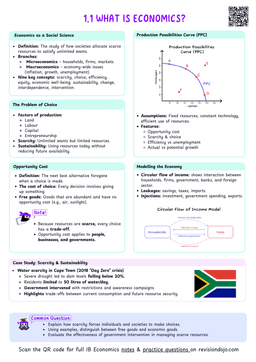There are multiple ways to measure poverty, but they all fall between to types of poverty indicators such as:
- Single indicators, including:
- International poverty lines
- Minimum income standards
- Composite indicators, including the Multidimensional Poverty Index(MPI).
Single indicators
Single indicators focus on one measure of poverty, typically income or consumption, to define the poverty level.
International poverty lines
- International poverty lines are standardised benchmarks used to compare poverty levels across countries.
- These lines are set by global organisations like the World Bank to define the minimum income required for basic subsistence.
- They allow for consistent measurement of extreme poverty globally, especially in developing countries, where national poverty lines might not exist or vary significantly.
- The current global poverty line is $1.90 per day (adjusted for purchasing power parity, PPP).
Minimum income standards
- Minimum income standards define the income necessary for an acceptable standard of living, relative to a specific country or region.
- These standards are tailored to reflect local living costs and expectations for a decent life.
- Minimum income standards are calculated by determining a basket of goods and services that a person should be able to purchase to live an acceptable lifestyle.
- Then, a monetary value is assigned to each product and to the basket, which shows the total minimum income required to meet the minimum income standards.
- Note that the minimum income standards (MIS), can be useful not only for showing:
- The proportion of population living below MIS.
- The degree of importance of each good/service in the basket of goods.
- But also it provides insights for governments to see:
- How the MIS changes over time.
- This way, policymakers can come up with more effective policies to deal with poverty.
Composite indicators
Composite indicators take multiple dimensions of poverty into account, offering a broader perspective.


